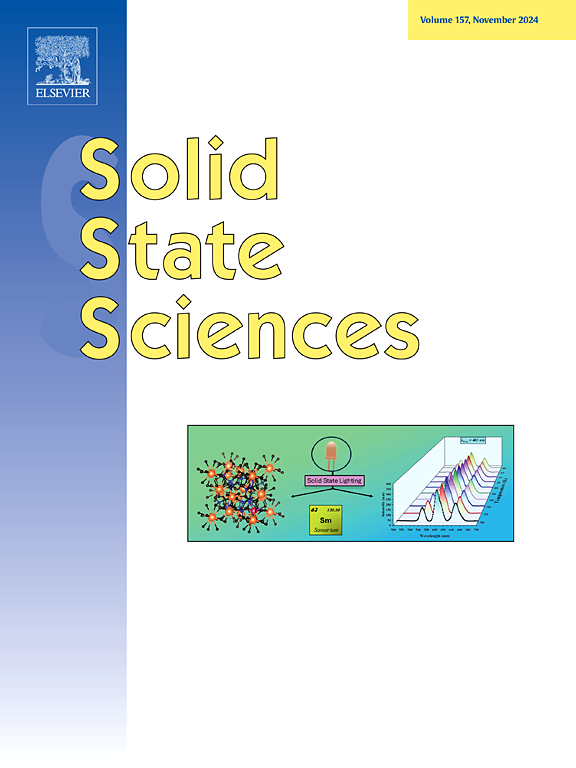Chemistry and physics of layered oxychalcogenides containing an anti-cuprate type square lattice
IF 3.3
3区 化学
Q2 CHEMISTRY, INORGANIC & NUCLEAR
引用次数: 0
Abstract
There has been significant recent interest in layered solid-state materials containing an [M2O] square lattice layer (M = transition metal), particularly because [M2O] is the anti-type of the [CuO2] planes in the layered cuprate superconductors. In addition to the superconducting titanium oxypnictides, the [M2O] anti-cuprate layer also occurs in a wide range of layered oxychalcogenide compounds with M spanning early (Ti, V) to later transition metals (Mn, Co, Fe). The chalcogenide in question – which sandwiches the anti-cuprate layer – may be S, Se or Te, and in combination with a wide range of intervening “spacer” layers, many different structural families have been investigated. This review surveys the structures and physical properties of all these oxychalcogenide materials and relates these properties to their common anti-cuprate square lattice [M2O] layer. It is organised around the different oxidation states of the metal ion M, in order to explore the effects of the electronic configuration of M on the physical properties of each compound as a whole. A key part of the review highlights the use of soft-chemical modifications to alter physical properties of these materials, in the synthesis of novel van der Waals materials and other metastable compounds. Future avenues for these materials in the bulk, few- and single-layer limits are discussed.

含反铜型方晶格层状氧硫族化合物的化学与物理
近年来,人们对含有[M2O]方形晶格层(M =过渡金属)的层状固体材料产生了浓厚的兴趣,特别是因为[M2O]是层状铜超导体中[CuO2]平面的反型。除超导钛氧nictides外,[M2O]反铜酸盐层也广泛存在于层状氧硫族化合物中,M跨越早期(Ti, V)到后期过渡金属(Mn, Co, Fe)。所讨论的硫属化合物——夹在反铜层之间——可能是S、Se或Te,并且与广泛的中间“间隔”层结合在一起,许多不同的结构家族已经被研究过。本文综述了这些氧硫族化合物的结构和物理性质,并将这些性质与它们共同的抗铜方晶格[M2O]层联系起来。它围绕金属离子M的不同氧化态进行组织,以探索M的电子构型对每个化合物整体物理性质的影响。该综述的一个关键部分强调了在合成新型范德华材料和其他亚稳化合物时使用软化学修饰来改变这些材料的物理性质。未来的途径,这些材料在散装,少数和单层的限制进行了讨论。
本文章由计算机程序翻译,如有差异,请以英文原文为准。
求助全文
约1分钟内获得全文
求助全文
来源期刊

Solid State Sciences
化学-无机化学与核化学
CiteScore
6.60
自引率
2.90%
发文量
214
审稿时长
27 days
期刊介绍:
Solid State Sciences is the journal for researchers from the broad solid state chemistry and physics community. It publishes key articles on all aspects of solid state synthesis, structure-property relationships, theory and functionalities, in relation with experiments.
Key topics for stand-alone papers and special issues:
-Novel ways of synthesis, inorganic functional materials, including porous and glassy materials, hybrid organic-inorganic compounds and nanomaterials
-Physical properties, emphasizing but not limited to the electrical, magnetical and optical features
-Materials related to information technology and energy and environmental sciences.
The journal publishes feature articles from experts in the field upon invitation.
Solid State Sciences - your gateway to energy-related materials.
 求助内容:
求助内容: 应助结果提醒方式:
应助结果提醒方式:


